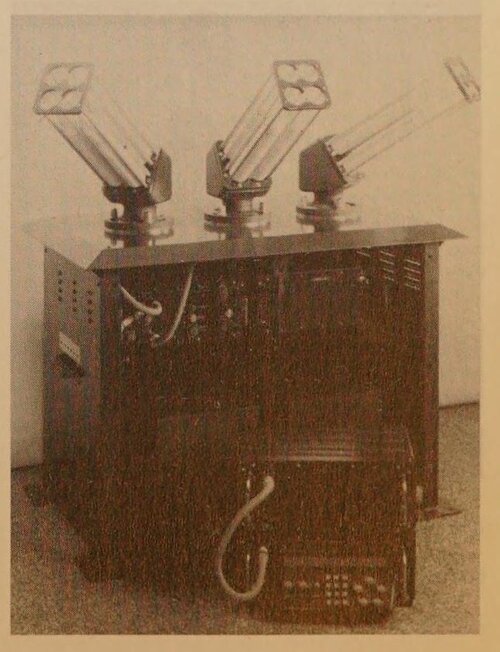Voltzz
ACCESS: Secret
- Joined
- 10 April 2021
- Messages
- 366
- Reaction score
- 1,214
SourceRAMPART is a landbased countermeasure system against IR, laser, TV and radar guided missiles. The system also has a feature against low flying aircraft. The system consists of a number of firing units which can be spread out up to 15 km. The firing units are activated by radio
from a central transmitter. The firing units are equipped with rocket decoys for chaff and IR, smoke (both rapid and slow burning) and the Skysnare airborne obstruction. Skysnare is an airborne tethered obstruction that is placed around the target to cause weapon aiming problems for low flying aircraft. The idea behind the obstructions is to force the aircraft to climb to higher altitudes where it will be exposed by active air defense systems.
Jane's Radar & Electronic Warfare Systems 1993-94A complete Rampart system is inexpensive, requires a minimum of personnel and is at immediate readiness for action at all times. It provides protection against manned aircraft, laser and TV guided missiles by the rapid emission of smoke; and against aircraft and missile radars by chaff decoys. It also offers a unique defence against low level aircraft attack by the quick release of a mass of ‘Skysnare’ airborne tethered obstacles which provide a formidable obstruction and which can remain aloft indefinitely. A series of Skysnare balloons is placed around a target area and, because of
the kite-like design, will hold station even in the lightest wind. Attacking aircraft will be caused severe weapon aiming and delivery problems and will be forced to climb to an altitude which will expose them to active defence systems. ‘Skynet’ is a larger balloon reaching its deployment height of 1000 m in six minutes. It can be deployed further and higher from the defended area than ‘Skysnare’, precluding terrain masking by the attacker during his approach.
Firing stations are portable, and can be solar-powered if appropriate, each capable of firing rocket decoys (chaff or infra-red), smoke, and Skynet and Skysnare obstructions. Rapid or slow burning smoke is available to give both immediate area coverage and sustained coverage thereafter. The Skysnare system consists of a balloon, 100 m of Kevlar cable, case, ground anchor, a gas cylinder and pyrotechnic inflation and release. It is at continuous readiness and can be fully deployed within two minutes of initiation by radio signal. The whole system creates an effective deterrent in less than 40 seconds.
A MK II version is now available designed to meet NATO requirements. This version can be mobile and has a new infra-red screening smoke back-up to complement the existing decoy features.
The system has been further enhanced by the incorporation of a Large Area Smoke Screening system (LASS) which is fully automatic and, in response to commands from the Rampart control unit, will generate smoke to counter visual or infra-red sensors for up to 90 minutes.
Attachments
Last edited:




